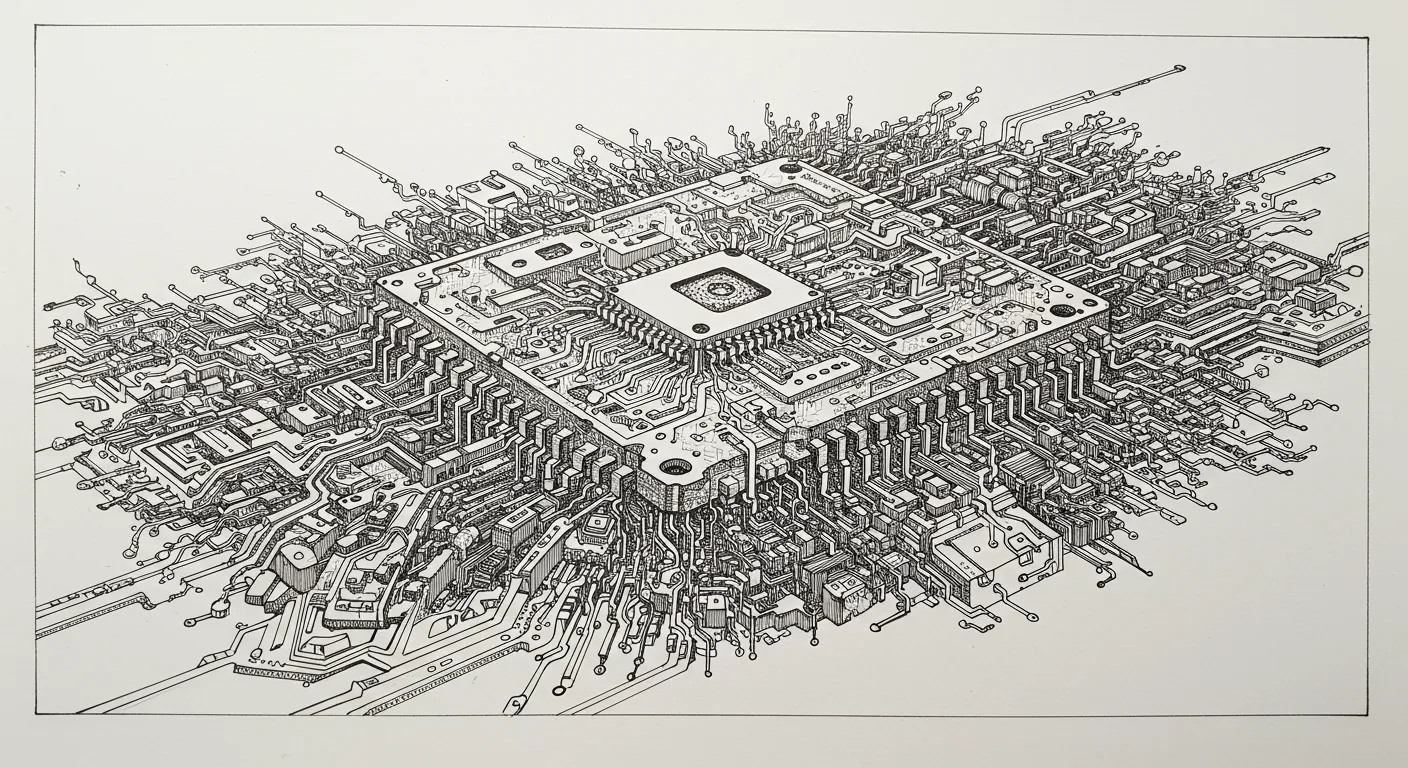The story of the Bellmac-32 is less about groundbreaking originality and more about refinement and timely implementation. Online commentators diving into its technical legacy reveal a nuanced narrative of technological progression.
While the microprocessor wasn't necessarily revolutionary in its core features, it stood out for its successful implementation of cutting-edge CMOS technology. The VAX-11/780, which preceded it by three years, had already established many of the fundamental architectural concepts like demand-paged virtual memory and support for C and Unix.
What made the Bellmac-32 noteworthy was its ability to package these advanced features in a more modern, efficient design. As one commentator pointed out, the VAX was slow to adopt large-scale integration (LSI) technologies, which ultimately contributed to its obsolescence. Bell Labs, in contrast, was nimble and forward-looking.
The discussion also highlighted the rich history of computing before the Bellmac-32. Machines like the Manchester Atlas (1962), IBM 360/67, Honeywell 6180, and the Nord-5 had already explored concepts like demand-paged virtual memory. This context suggests that innovation is rarely a single eureka moment, but a continuous process of incremental improvements.
Ultimately, the Bellmac-32 represents a snapshot of technological evolution—a moment when design, implementation, and timing converged to push computing forward. It's a reminder that behind every technological leap are countless hours of iterative work, building upon the foundations laid by predecessors.


